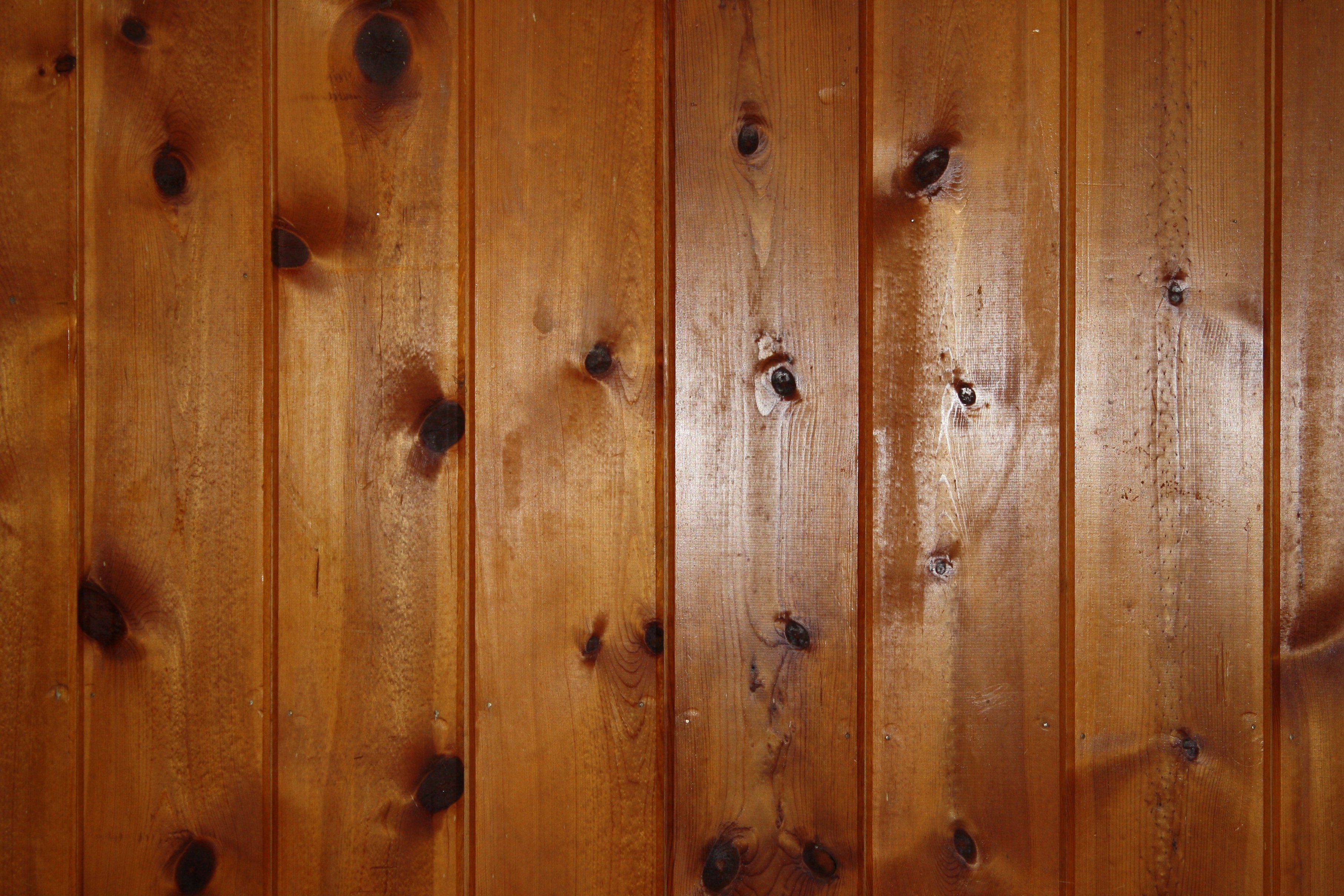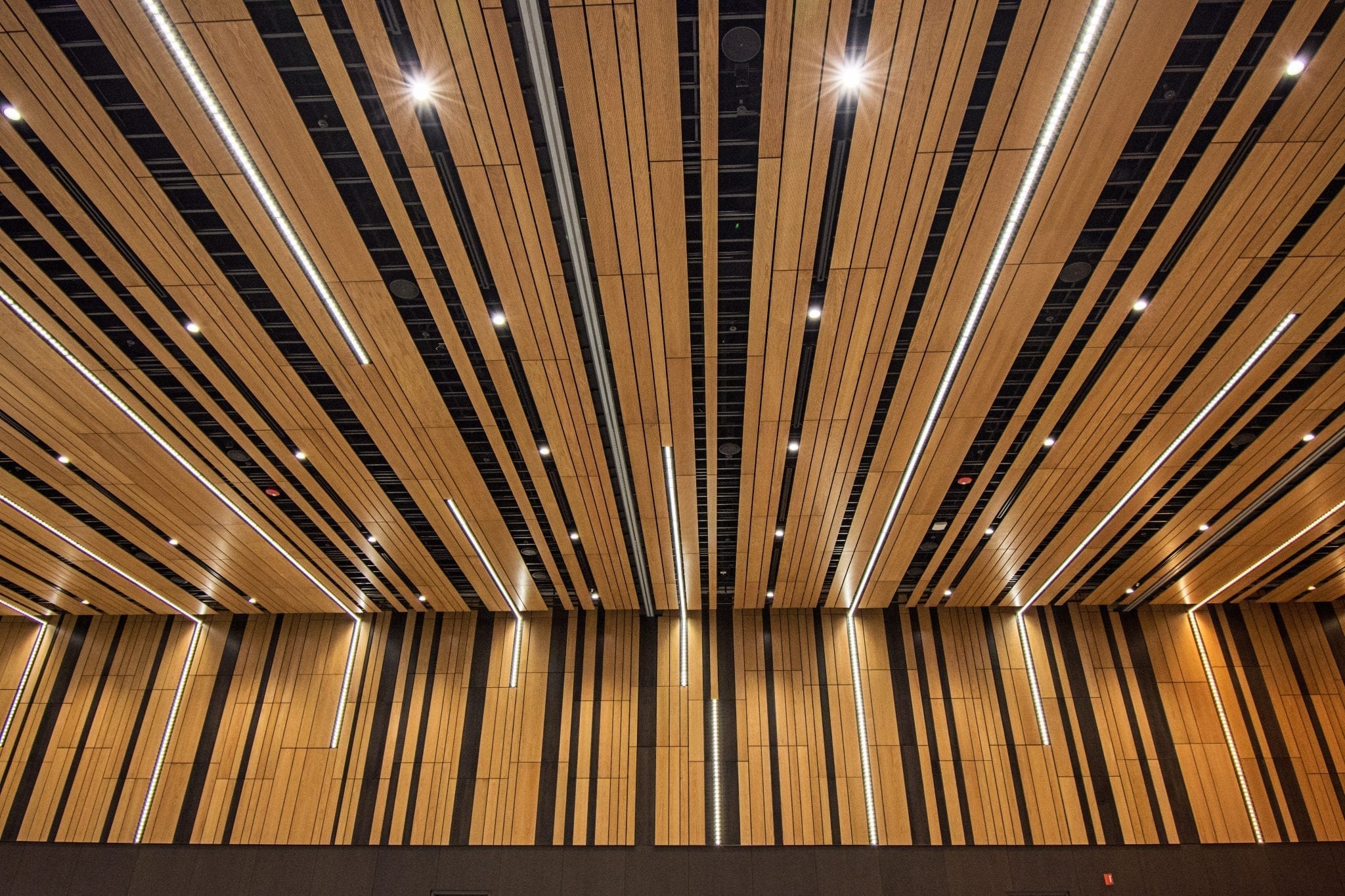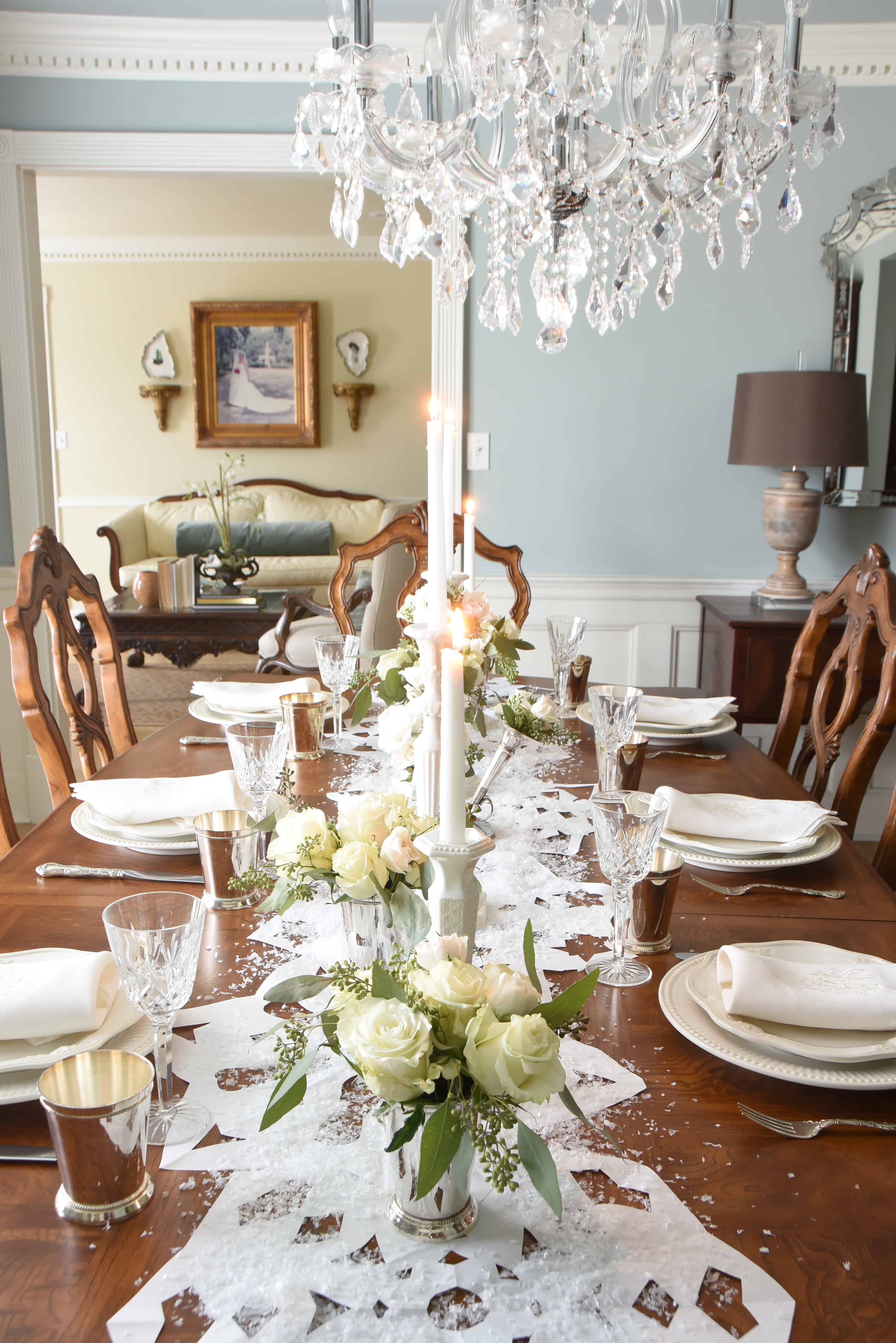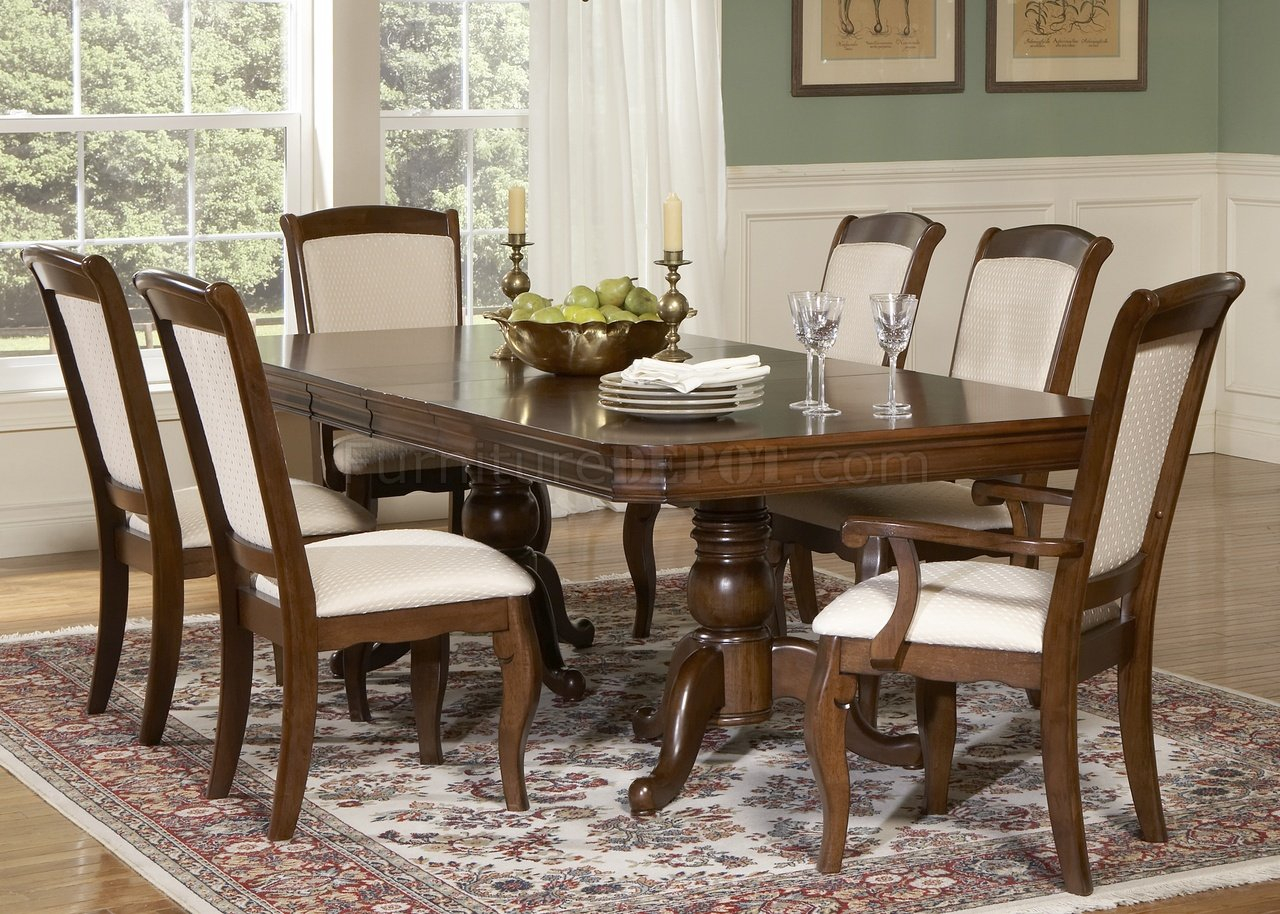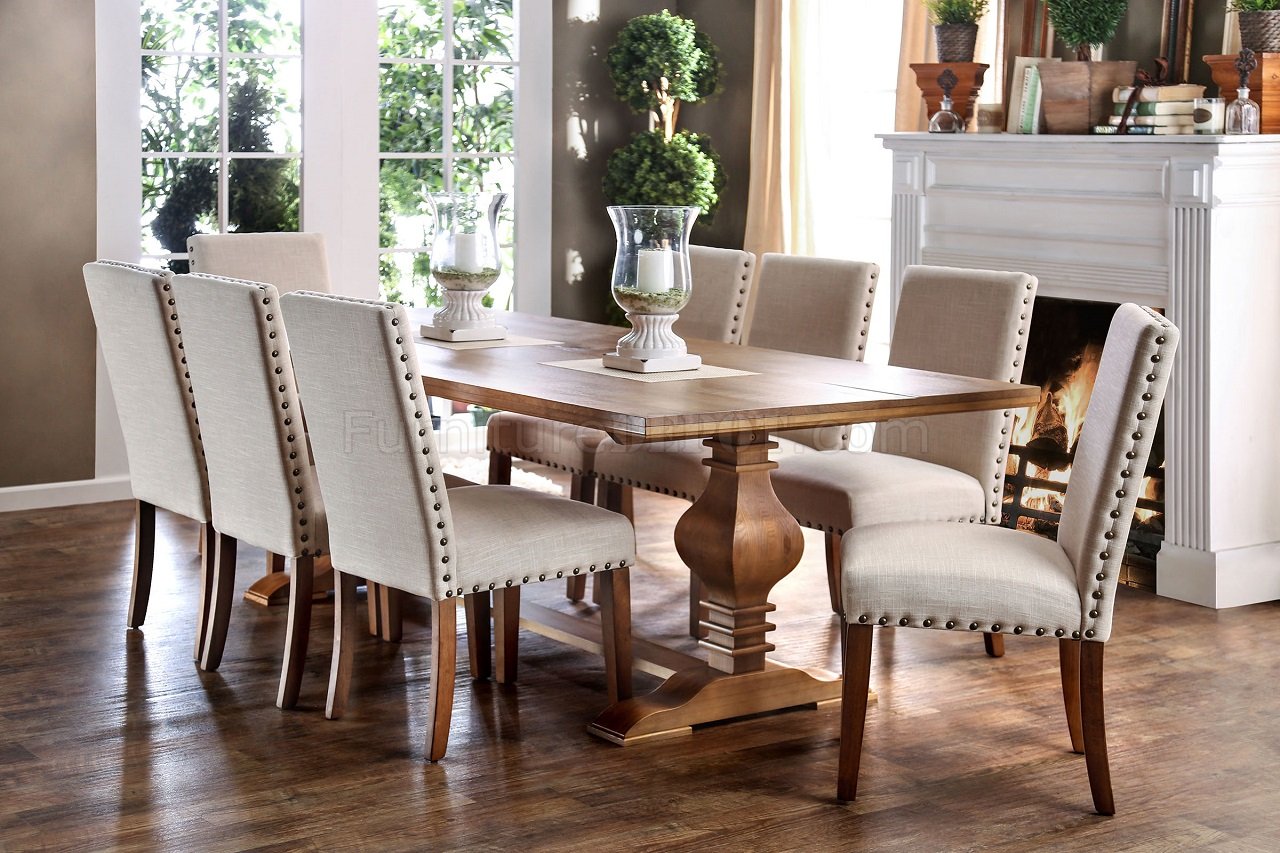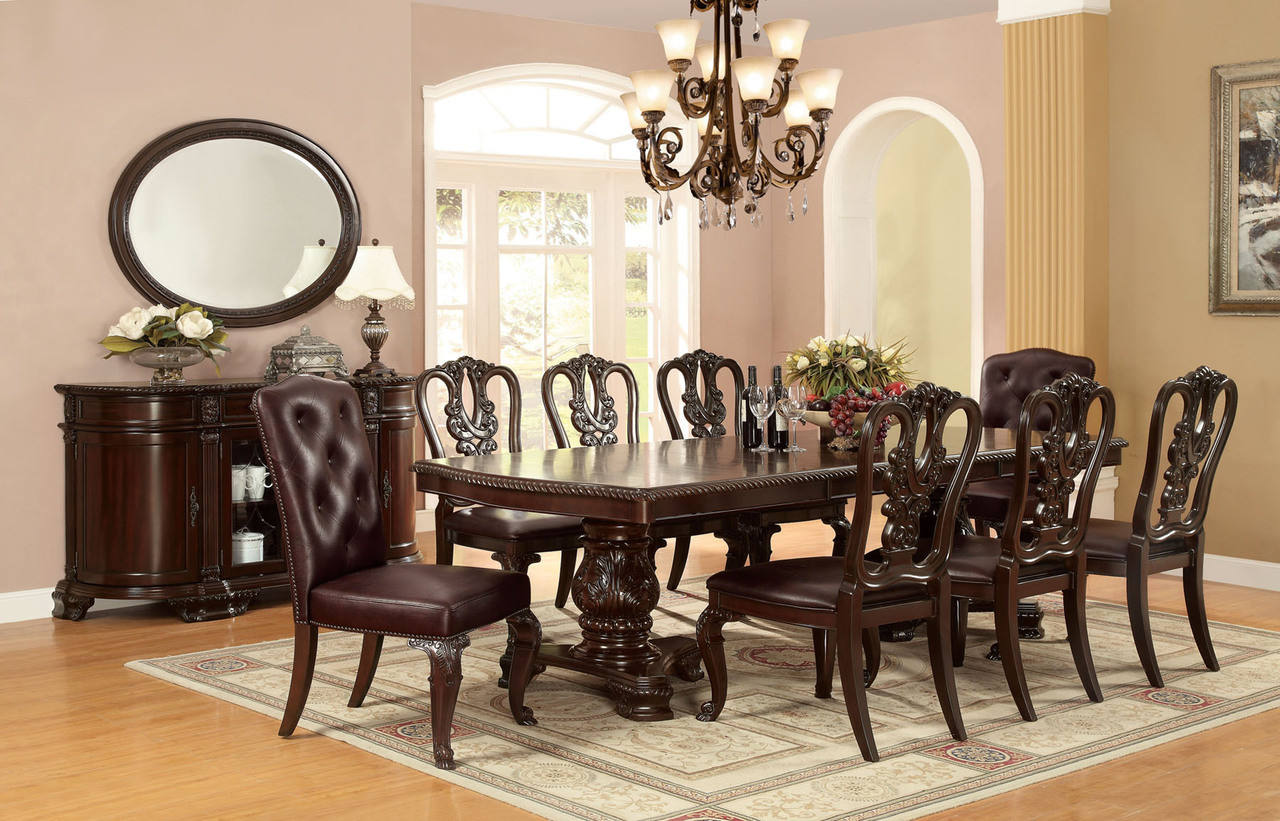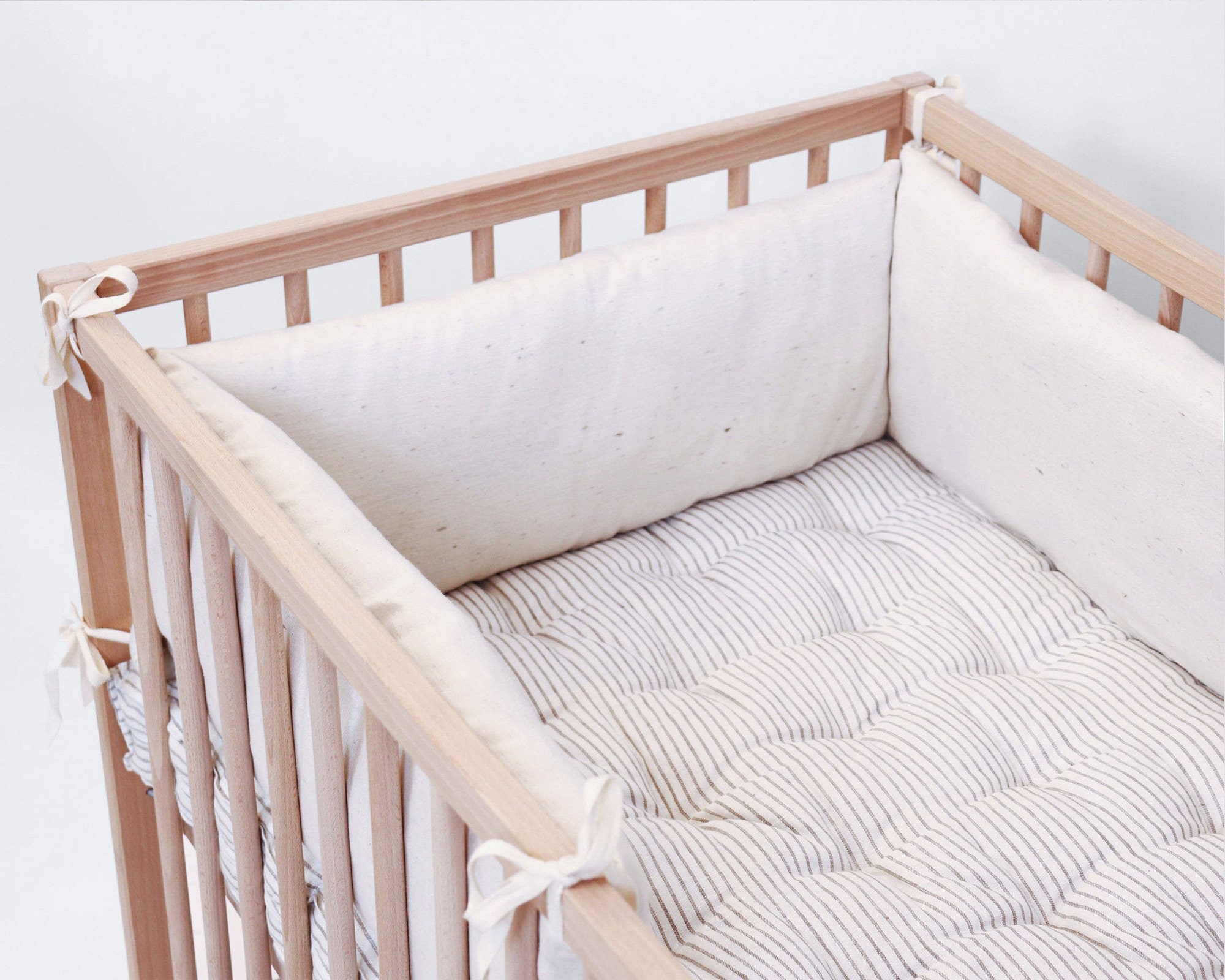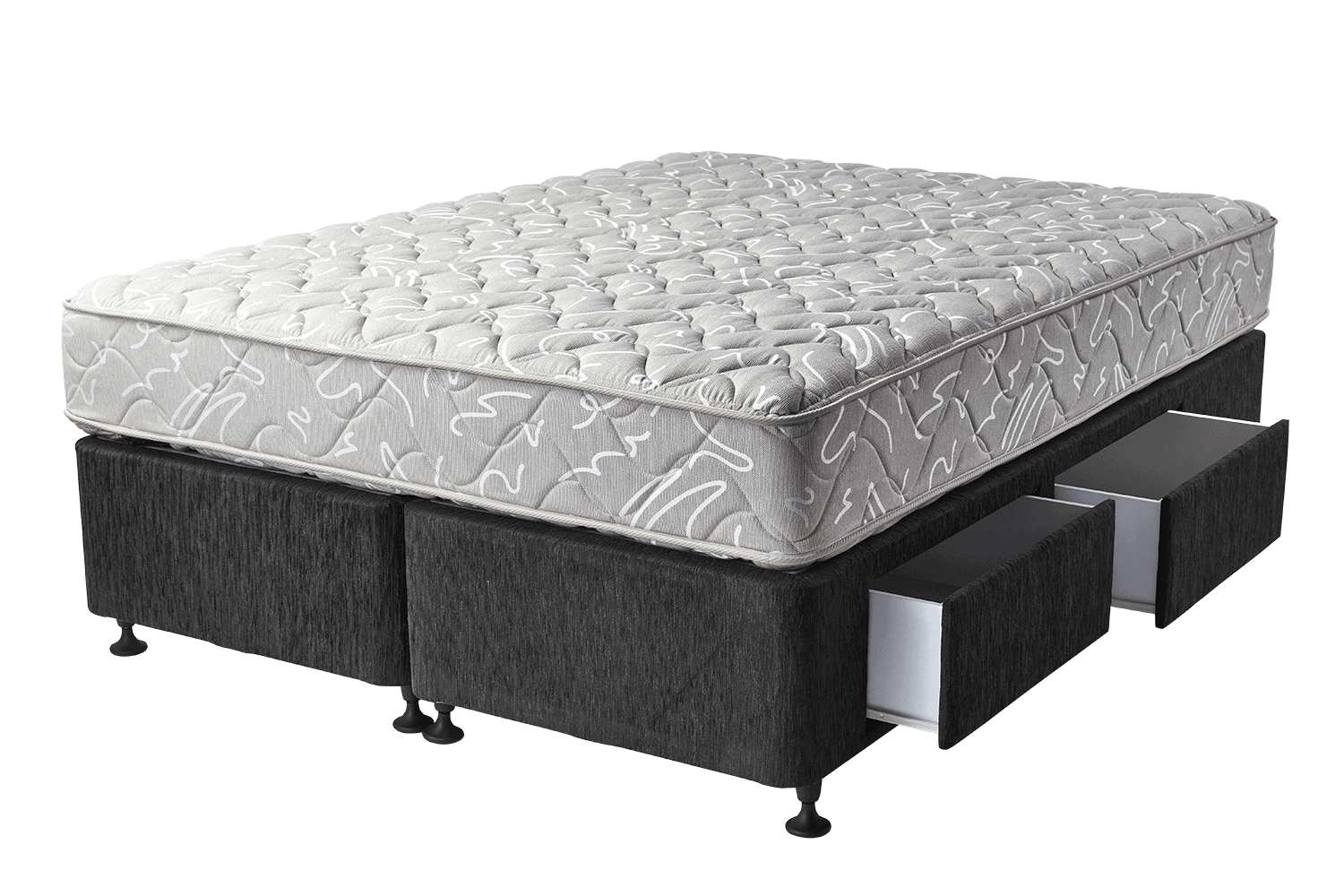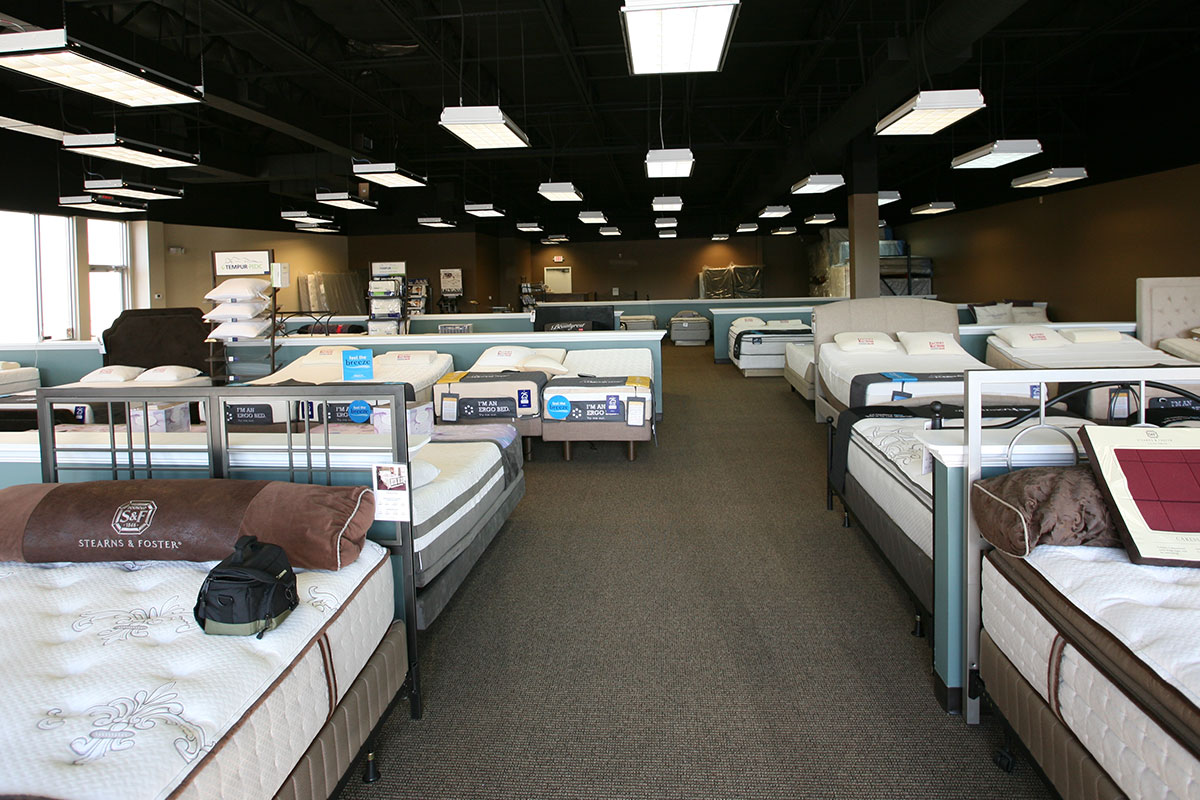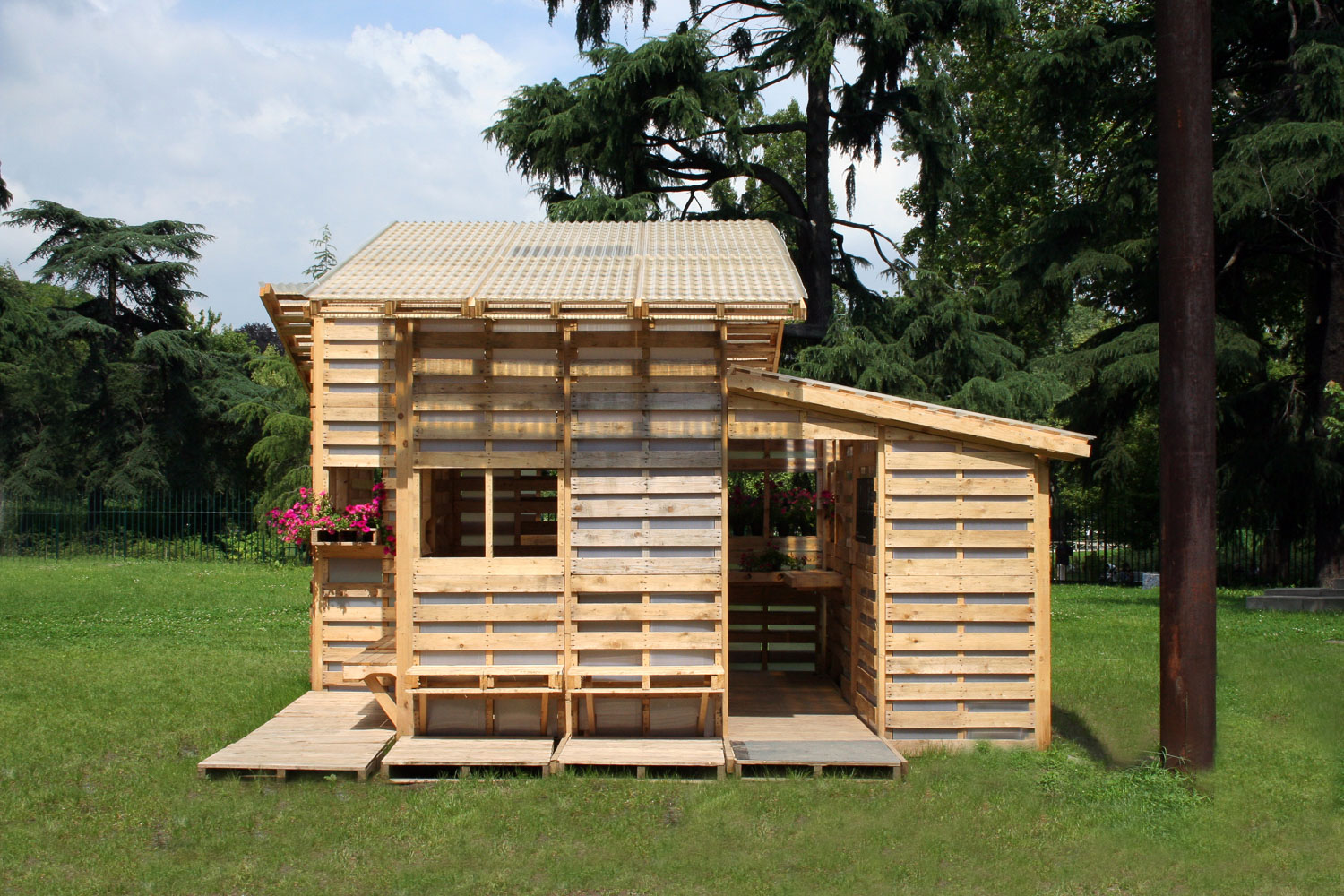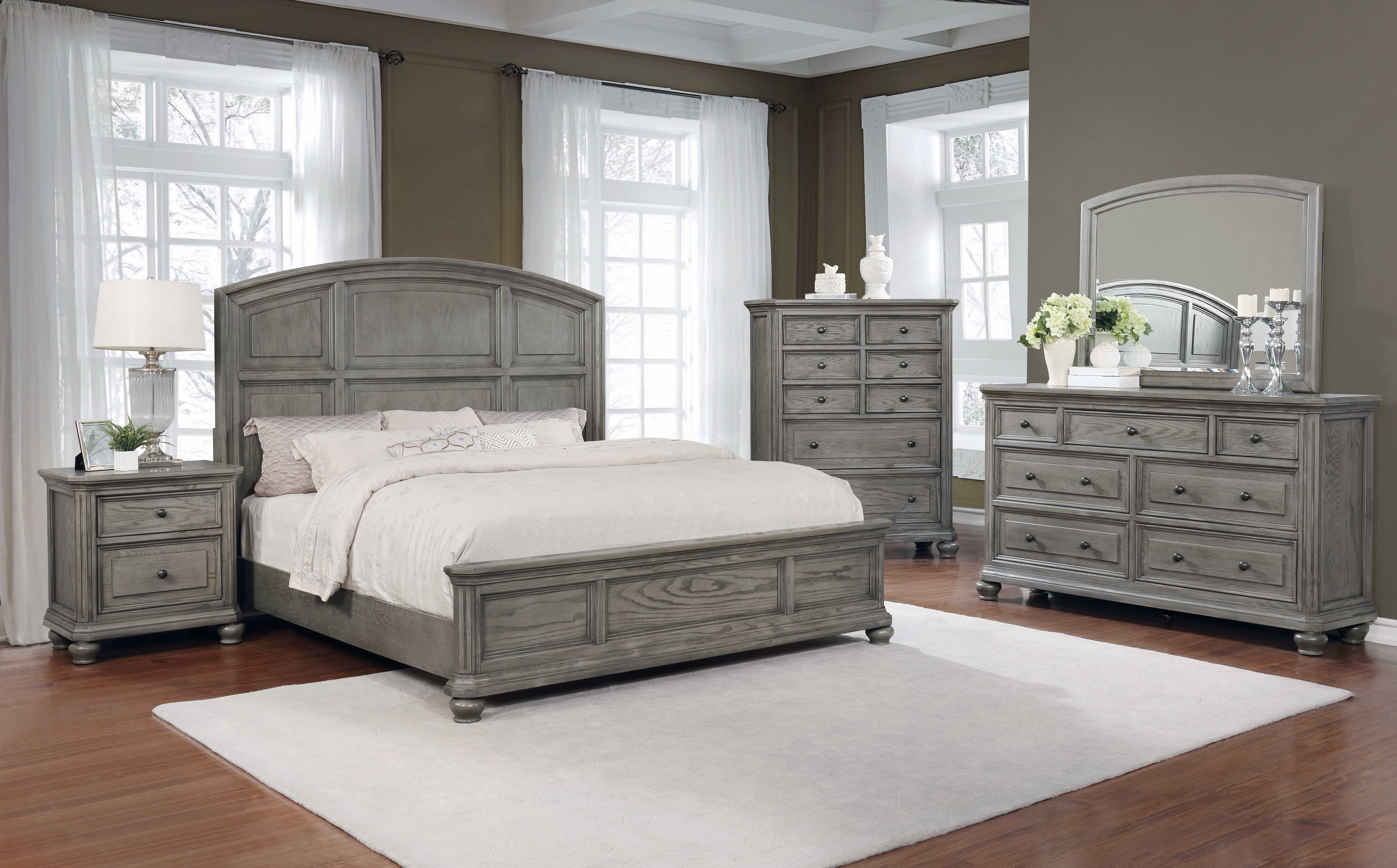The dining rooms of the 18th century were known for their formal and elegant atmosphere. They were designed to impress and were often used for hosting important guests and special occasions. The furniture and decor were carefully chosen to convey a sense of sophistication and luxury.Formality:
One of the main characteristics of 18th century dining rooms was their symmetrical layout. The furniture, such as tables and chairs, were often placed in a balanced manner to create a sense of order and harmony in the room. This symmetrical design was also reflected in the placement of decorative elements such as paintings and mirrors on the walls.Symmetry:
The 18th century was a time of opulence and excess, and this was reflected in the dining room decor. The furniture, walls, and ceilings were often adorned with intricate and elaborate designs, showcasing the wealth and status of the homeowners. Chandeliers were a popular feature in these rooms, adding a touch of glamour and luxury.Ornate:
Similar to the ornate decor, the overall design of 18th century dining rooms was elaborate and extravagant. From the furniture to the wallpaper to the table settings, no detail was spared in creating a grand and impressive space. The use of fine rich colors such as deep reds, greens, and golds further enhanced the elaborate nature of these rooms.Elaborate:
The grandeur of 18th century dining rooms was often achieved through the use of carved details on the furniture and walls. This added a sense of sophistication and richness to the room, making it a space fit for royalty. The use of wood paneling on the walls and ceilings also added to the grandeur of these rooms.Grandeur:
As mentioned earlier, 18th century dining rooms were known for their use of rich and bold colors. These colors were often seen on the walls, furniture, and draperies, adding warmth and richness to the space. The use of dark woods also added to the overall richness and elegance of these rooms.Rich Colors:
No 18th century dining room would be complete without a chandelier. These grand and ornate light fixtures were often the focal point of the room, adding a touch of glamour and sophistication. They were often made with crystal or glass and were used to create a warm and inviting ambiance.Chandeliers:
As mentioned earlier, wood paneling was a popular feature in 18th century dining rooms. This added a sense of warmth and richness to the space, as well as providing a backdrop for the elaborate decor. The wood was often carved or painted with intricate designs, adding to the overall ornate feel of the room.Wood Paneling:
The use of carved details was another important characteristic of 18th century dining rooms. From the furniture to the walls to the ceiling, intricate and elaborate carvings were seen throughout the space. These carvings were often made with great skill and care, adding a touch of artistry to the room.Carved Details:
Last but not least, the formal dining table was the centerpiece of any 18th century dining room. These tables were often made with fine woods and featured intricate designs and carvings. They were large and grand, able to accommodate multiple guests and lavish meals. The table settings were also elaborate, with fine china and silverware adding to the formal and elegant atmosphere.Formal Dining Table:
18th Century Dining Room Characteristics

The Grandeur of the 18th Century Dining Room
 The 18th century was a time of opulence and grandeur in the world of interior design. This was especially true in the dining room, where the wealthy would showcase their wealth and social status through lavish and extravagant decor. The dining room was not just a place for meals, but a space for entertaining and showing off one's status and taste. Let's take a closer look at some of the key characteristics that defined the 18th century dining room.
The 18th century was a time of opulence and grandeur in the world of interior design. This was especially true in the dining room, where the wealthy would showcase their wealth and social status through lavish and extravagant decor. The dining room was not just a place for meals, but a space for entertaining and showing off one's status and taste. Let's take a closer look at some of the key characteristics that defined the 18th century dining room.
Rich and Luxurious Materials
 In the 18th century, the use of rich and luxurious materials was a hallmark of high-class dining rooms. Tables were often made of mahogany, walnut, or oak, which were considered to be the most elegant and expensive woods. These tables were often elaborately carved and adorned with intricate details and designs. Chairs were also made of these same materials, with upholstered seats and backs in luxurious fabrics like velvet, silk, or brocade.
In the 18th century, the use of rich and luxurious materials was a hallmark of high-class dining rooms. Tables were often made of mahogany, walnut, or oak, which were considered to be the most elegant and expensive woods. These tables were often elaborately carved and adorned with intricate details and designs. Chairs were also made of these same materials, with upholstered seats and backs in luxurious fabrics like velvet, silk, or brocade.
Elaborate and Ornate Details
 The 18th century was all about excess and this was reflected in the intricate and ornate details found in dining rooms. From the elaborate carvings on furniture to the decorative moldings on the walls and ceilings, every aspect of the dining room was meant to impress. Chandeliers, candelabras, and other lighting fixtures were often made of crystal or brass and featured intricate designs. Even the table settings were elaborate, with fine china, silverware, and crystal glasses all on display.
The 18th century was all about excess and this was reflected in the intricate and ornate details found in dining rooms. From the elaborate carvings on furniture to the decorative moldings on the walls and ceilings, every aspect of the dining room was meant to impress. Chandeliers, candelabras, and other lighting fixtures were often made of crystal or brass and featured intricate designs. Even the table settings were elaborate, with fine china, silverware, and crystal glasses all on display.
Formal and Symmetrical Layout
 The layout of the 18th century dining room was also a key characteristic. It was typically formal and symmetrical, with a large dining table as the focal point of the room. The table was often placed in the center of the room, with chairs evenly spaced around it. The walls were usually adorned with paintings or mirrors, and large windows allowed for plenty of natural light. The overall effect was one of grandeur and balance.
In conclusion
, the 18th century dining room was a reflection of the extravagant and luxurious lifestyle of the wealthy elite. With its rich materials, elaborate details, and formal layout, it was a space that exuded opulence and sophistication. While the style may have evolved over time, the grandeur and elegance of the 18th century dining room continue to inspire and influence modern interior design.
The layout of the 18th century dining room was also a key characteristic. It was typically formal and symmetrical, with a large dining table as the focal point of the room. The table was often placed in the center of the room, with chairs evenly spaced around it. The walls were usually adorned with paintings or mirrors, and large windows allowed for plenty of natural light. The overall effect was one of grandeur and balance.
In conclusion
, the 18th century dining room was a reflection of the extravagant and luxurious lifestyle of the wealthy elite. With its rich materials, elaborate details, and formal layout, it was a space that exuded opulence and sophistication. While the style may have evolved over time, the grandeur and elegance of the 18th century dining room continue to inspire and influence modern interior design.





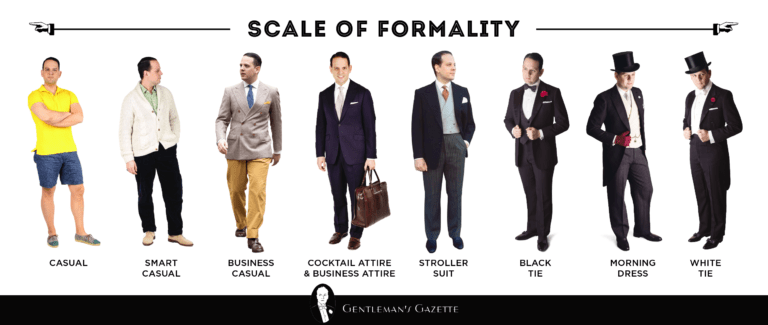





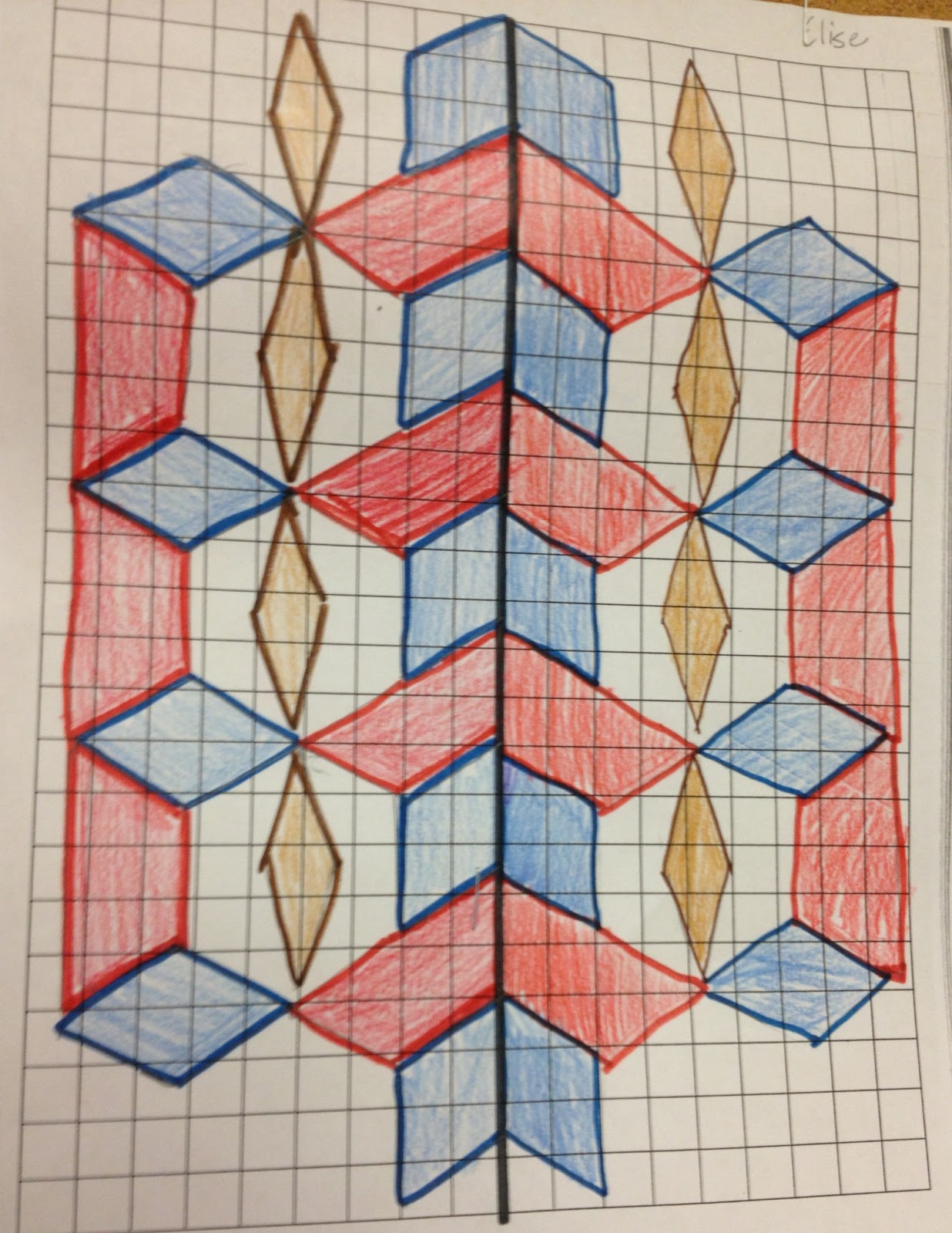

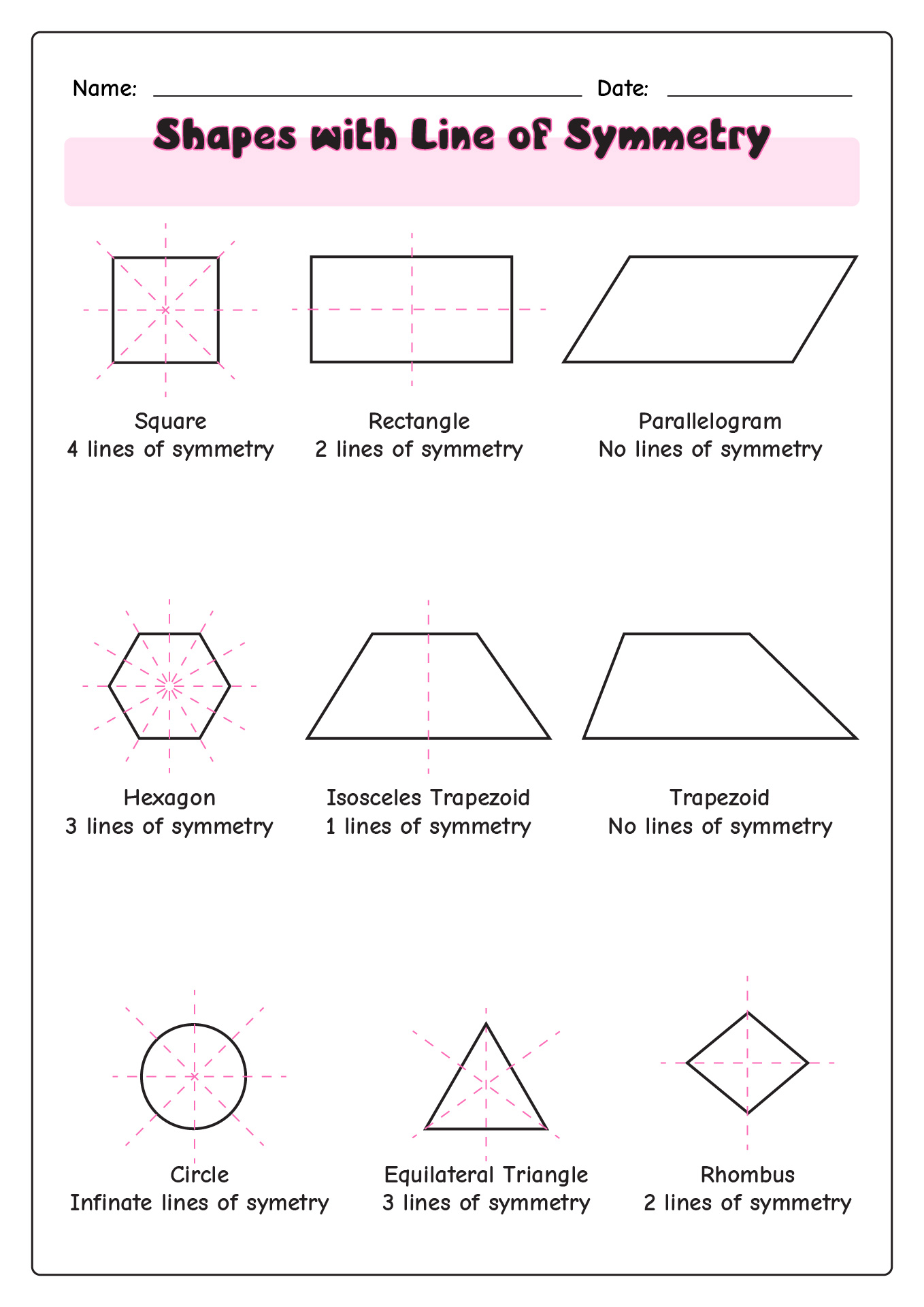









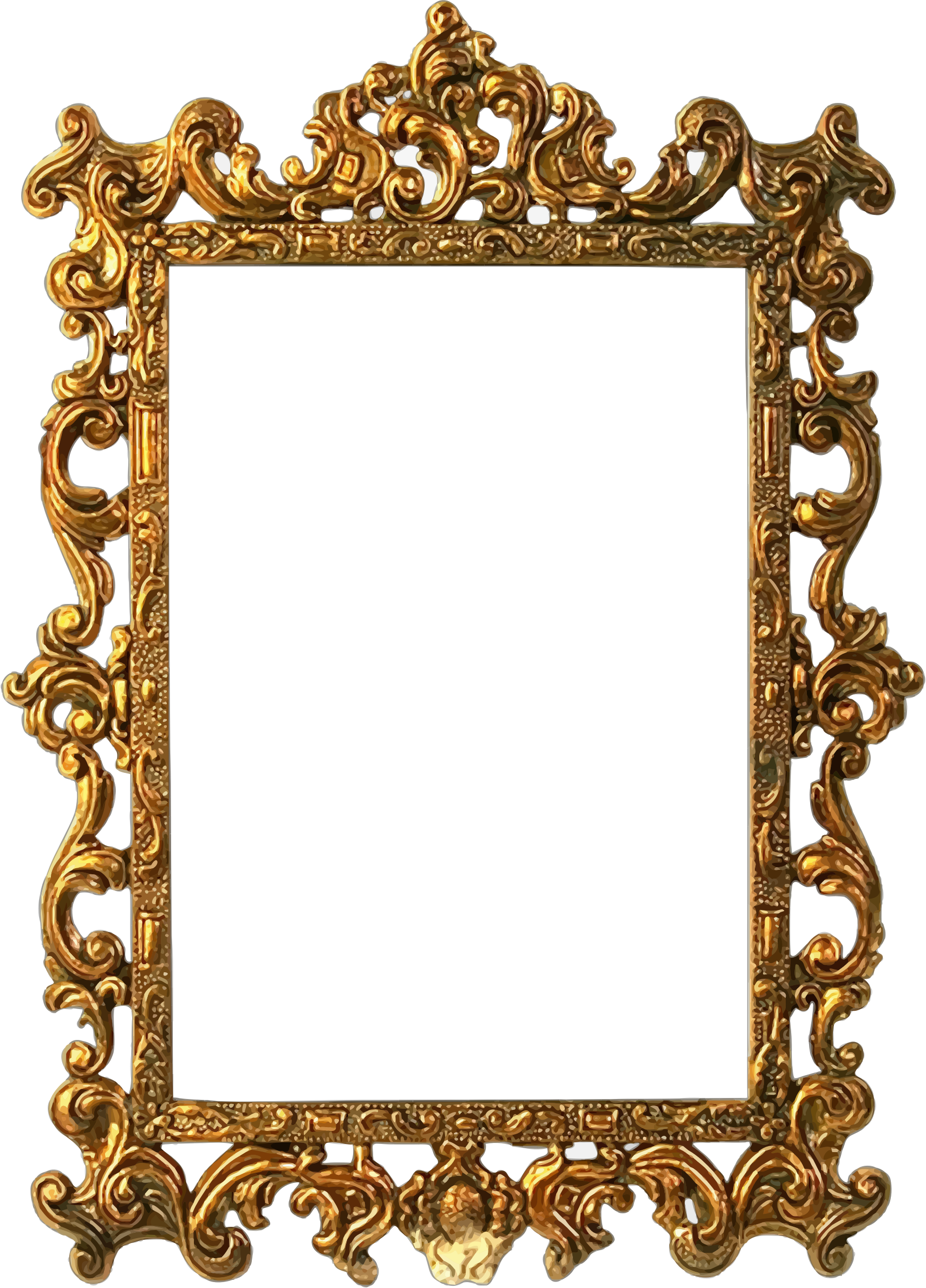

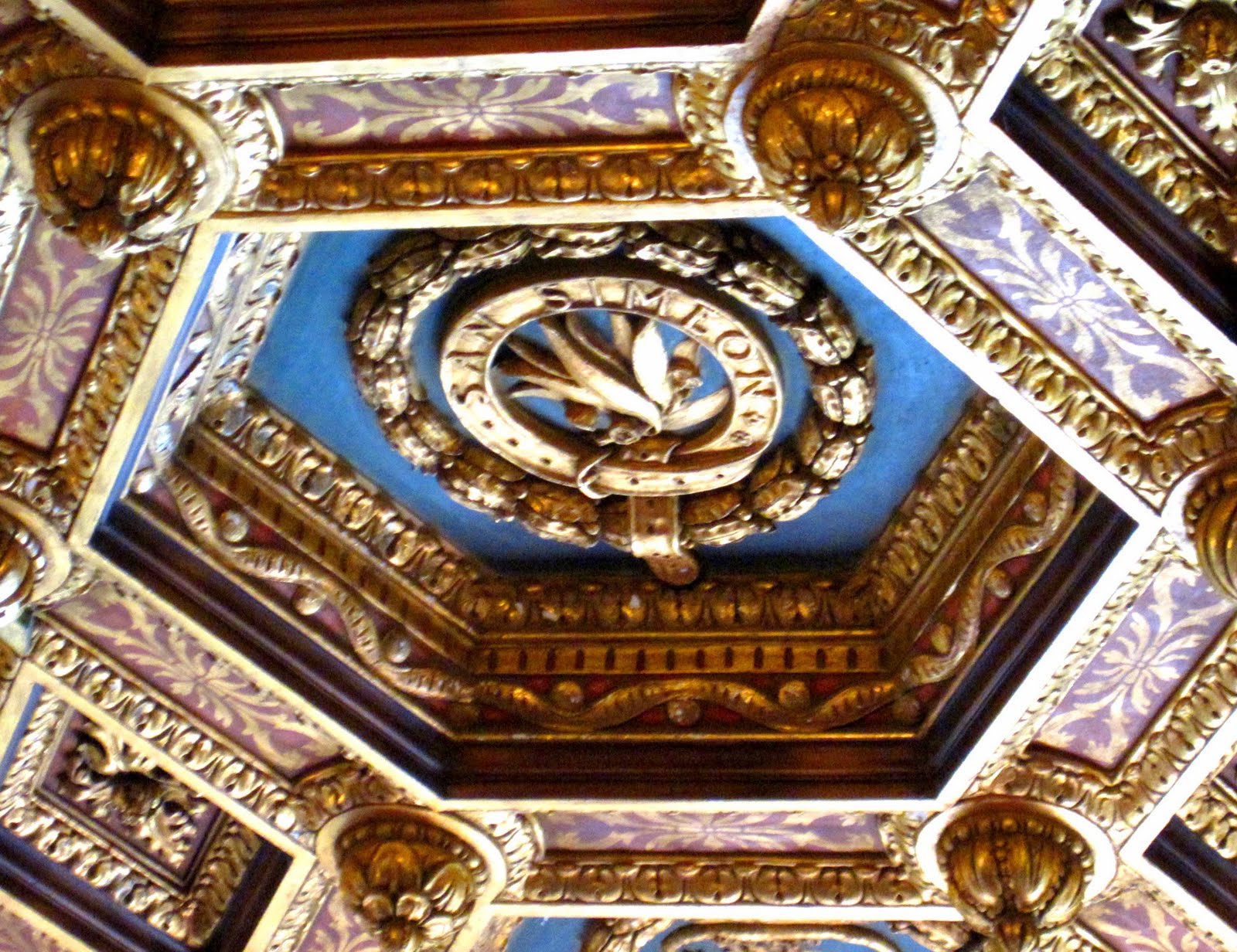


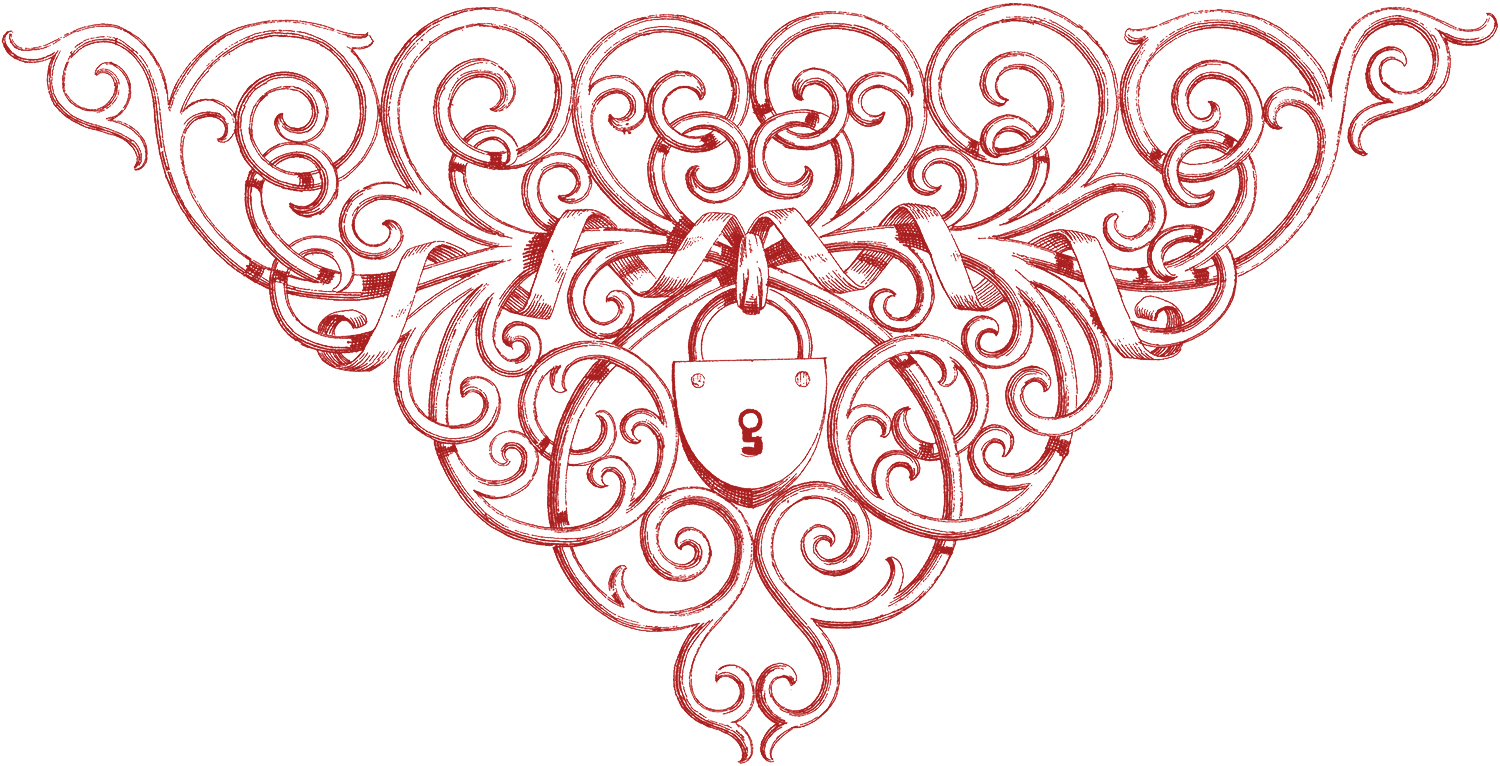










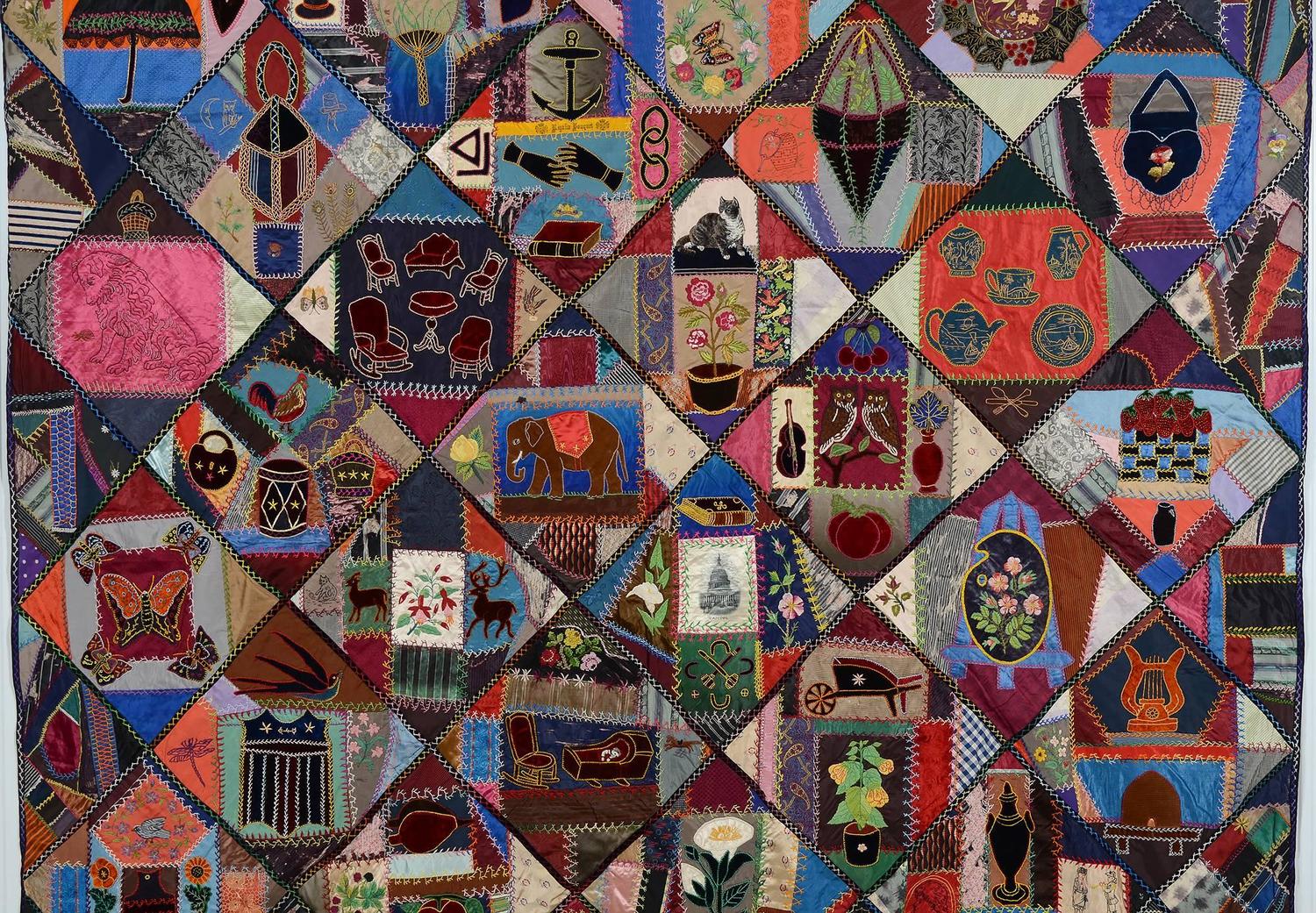


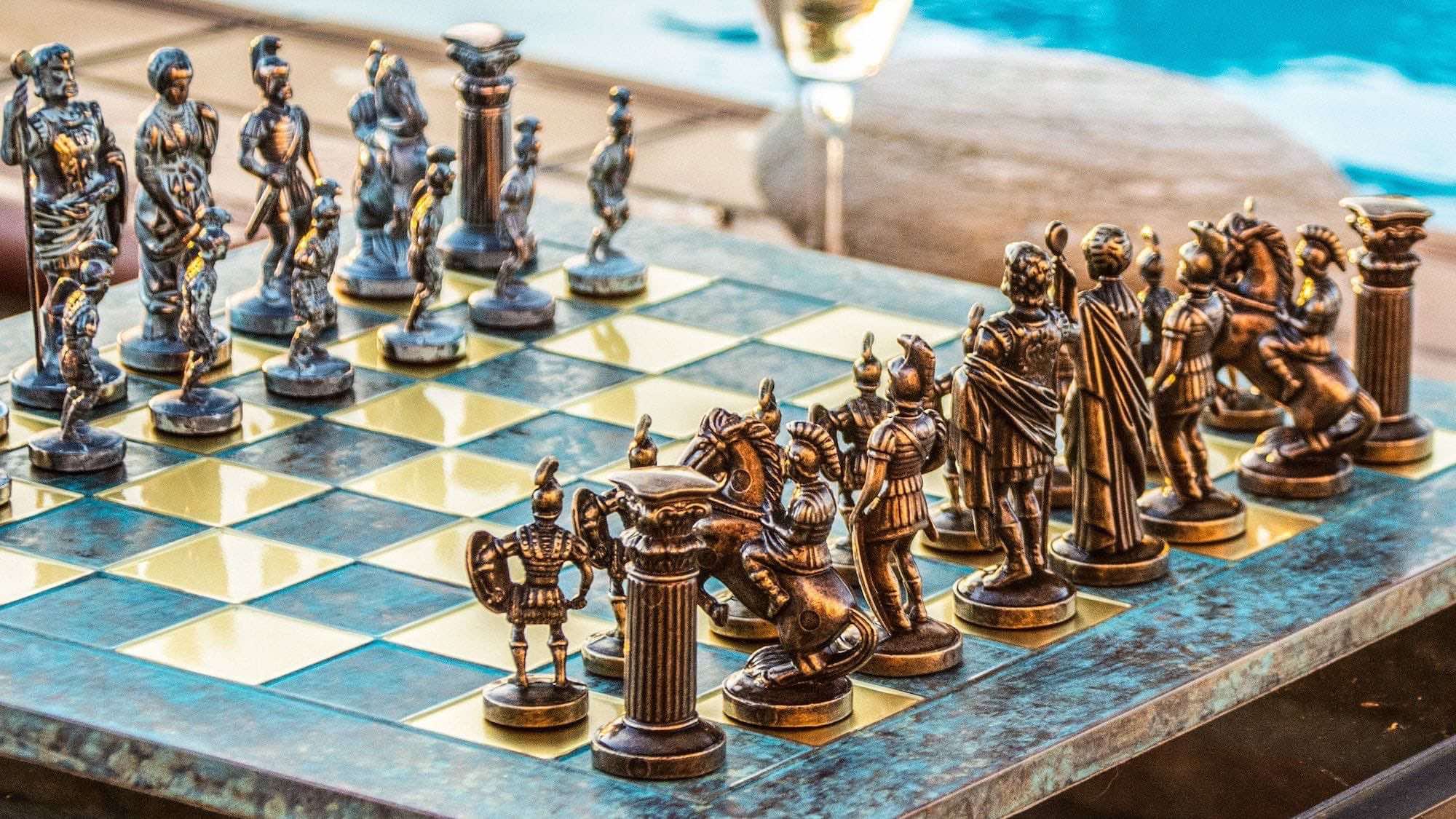
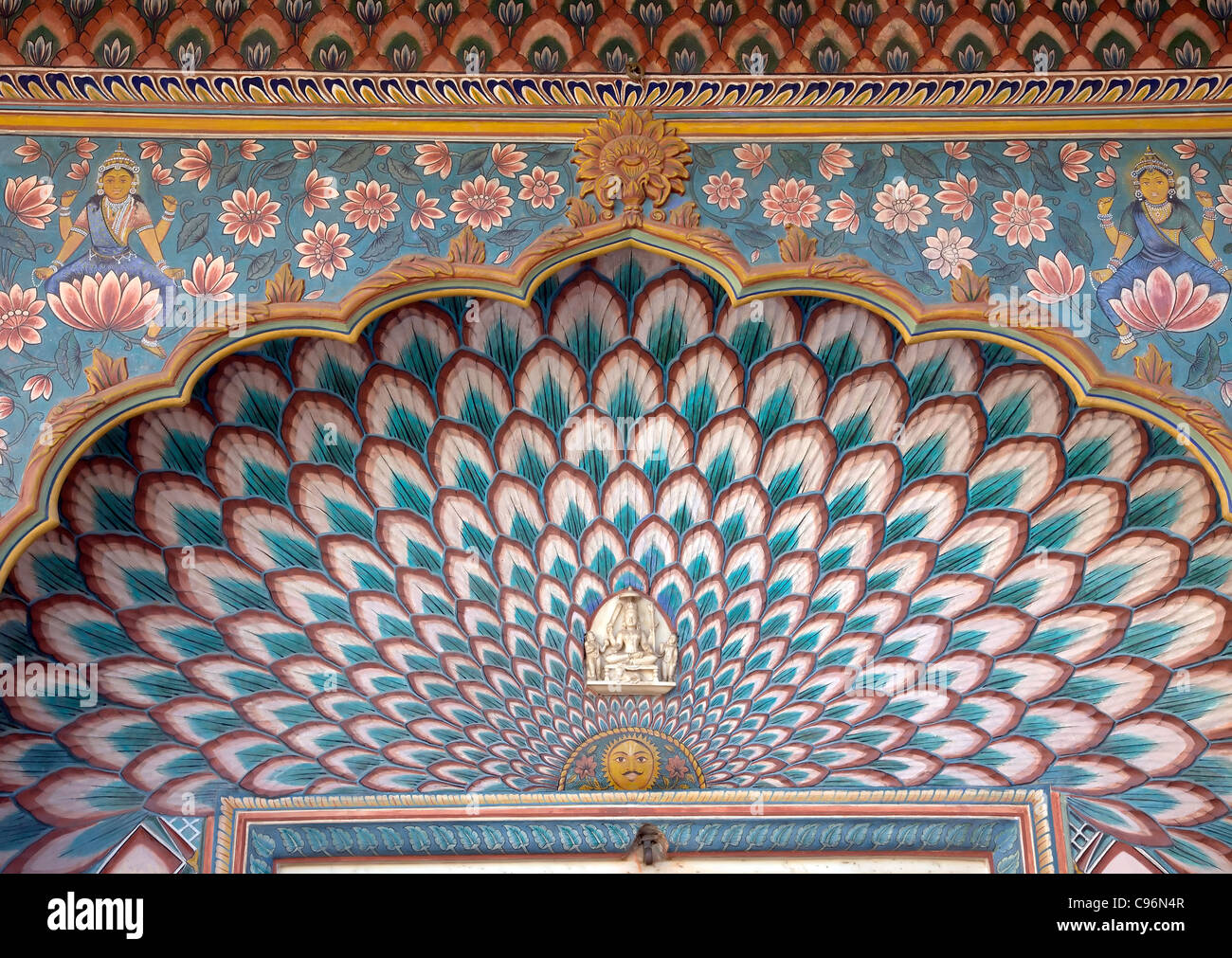
























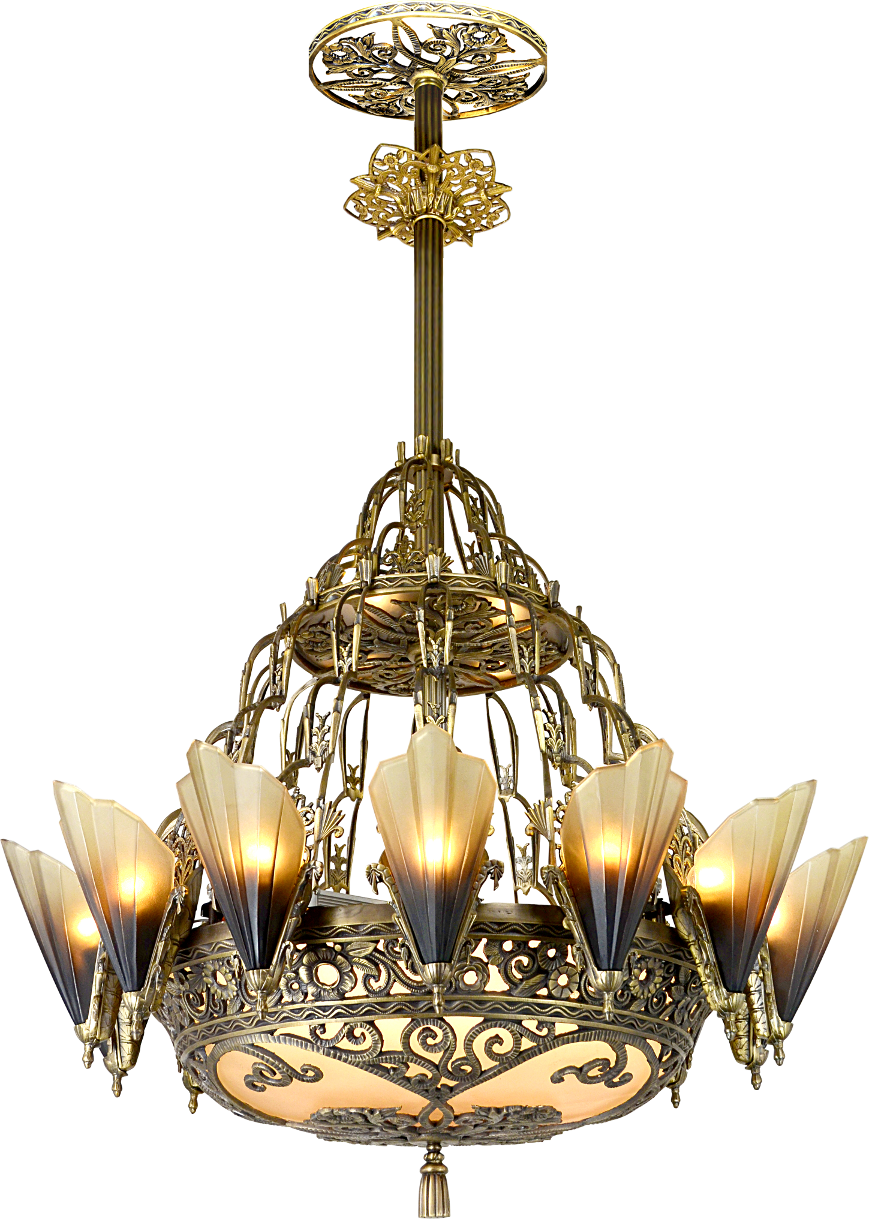

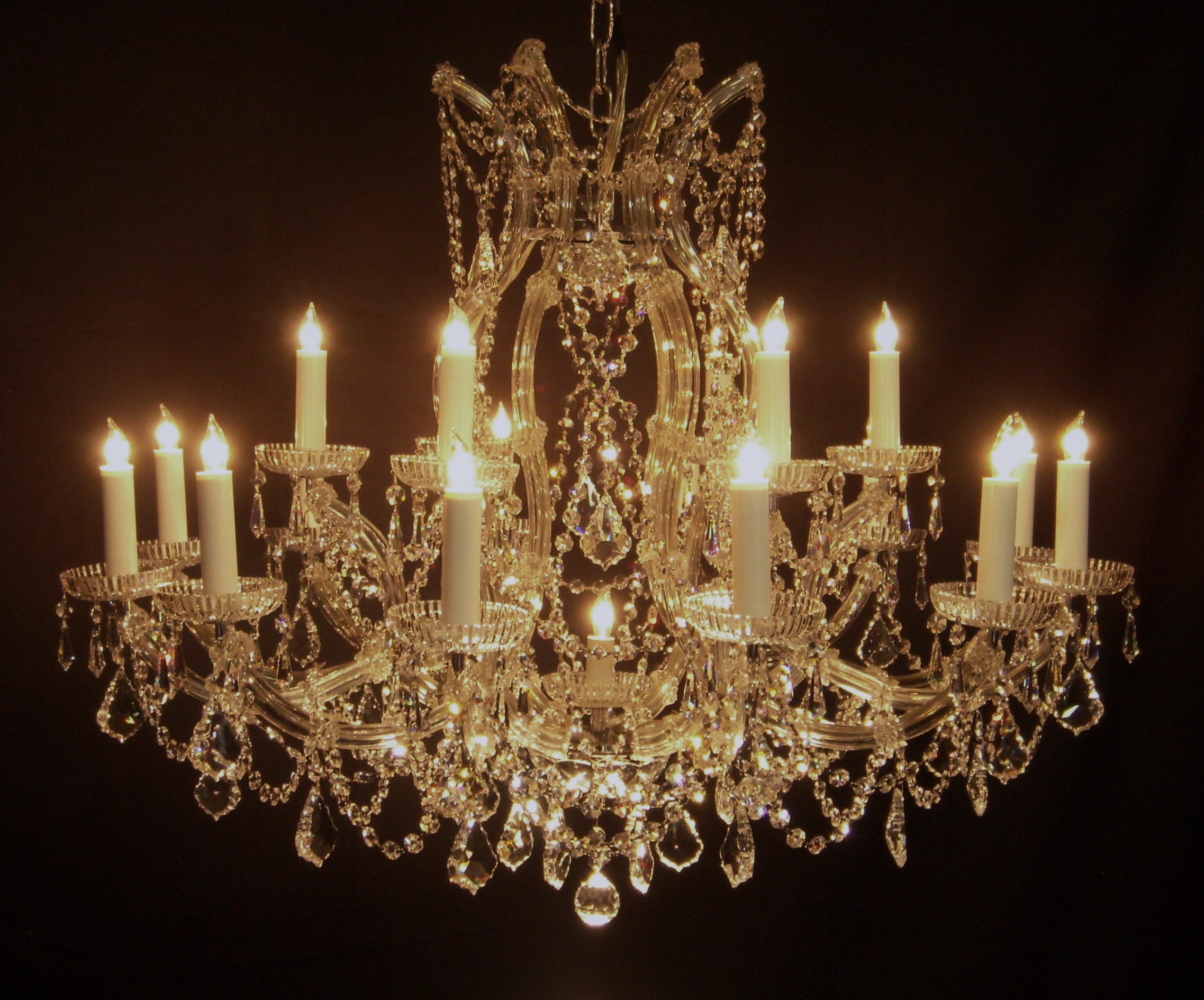

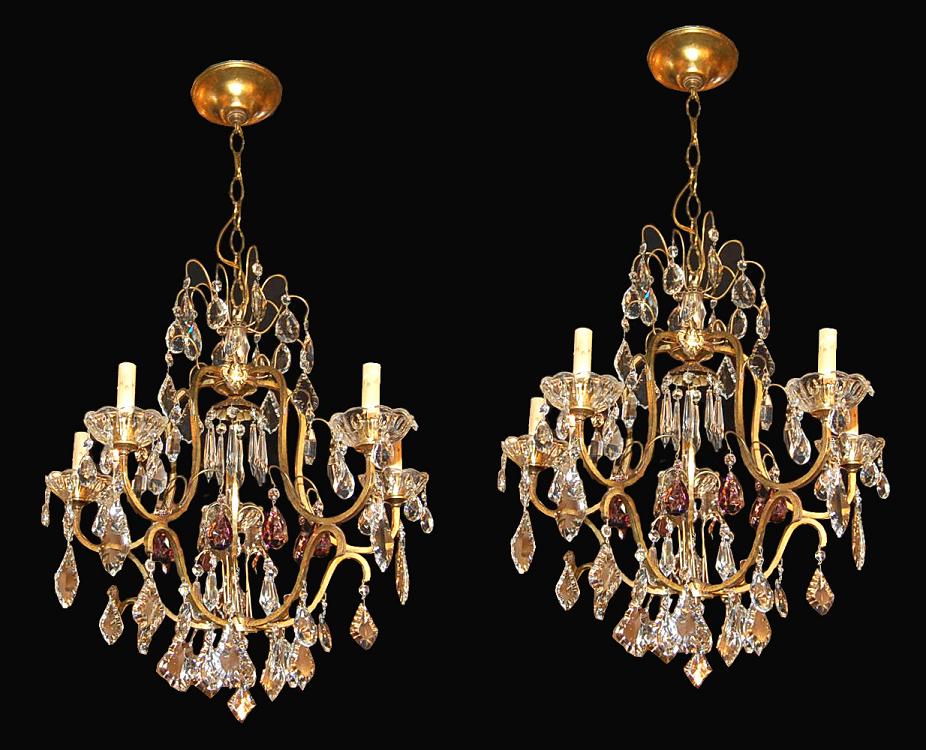

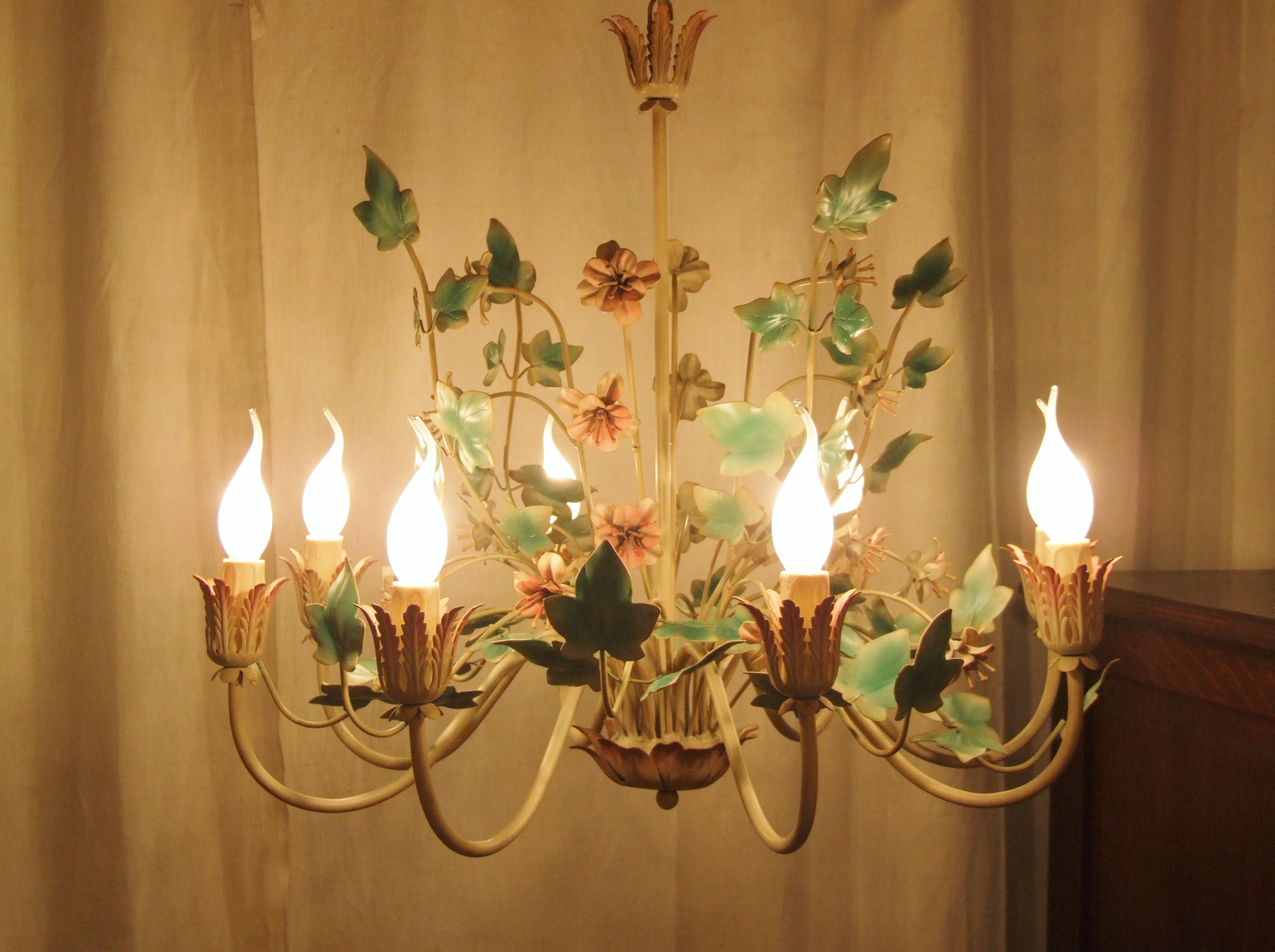
/Chandelier_0635-0b1c24a8045f4a2cbdf083d80ef0f658.jpg)


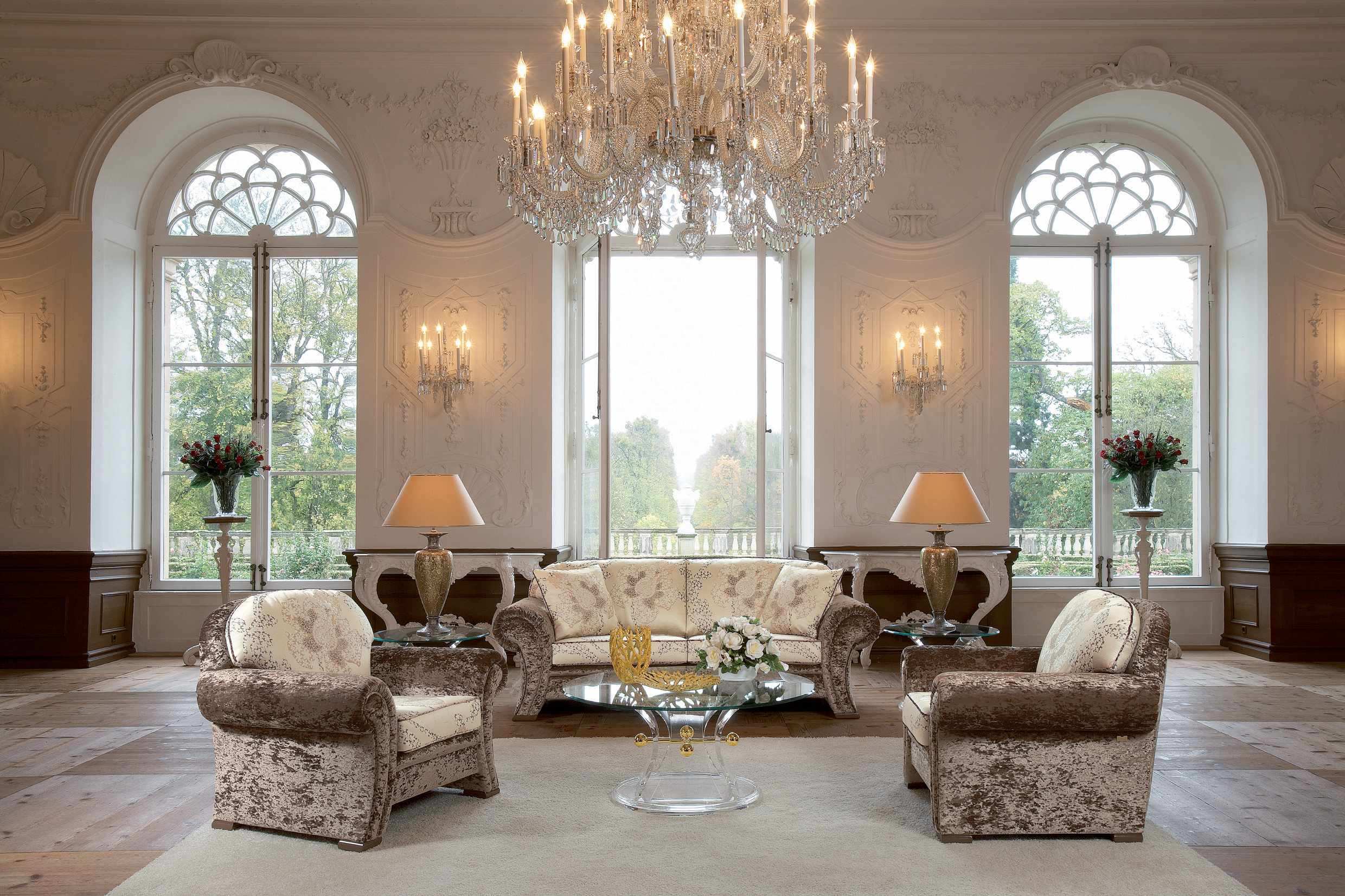
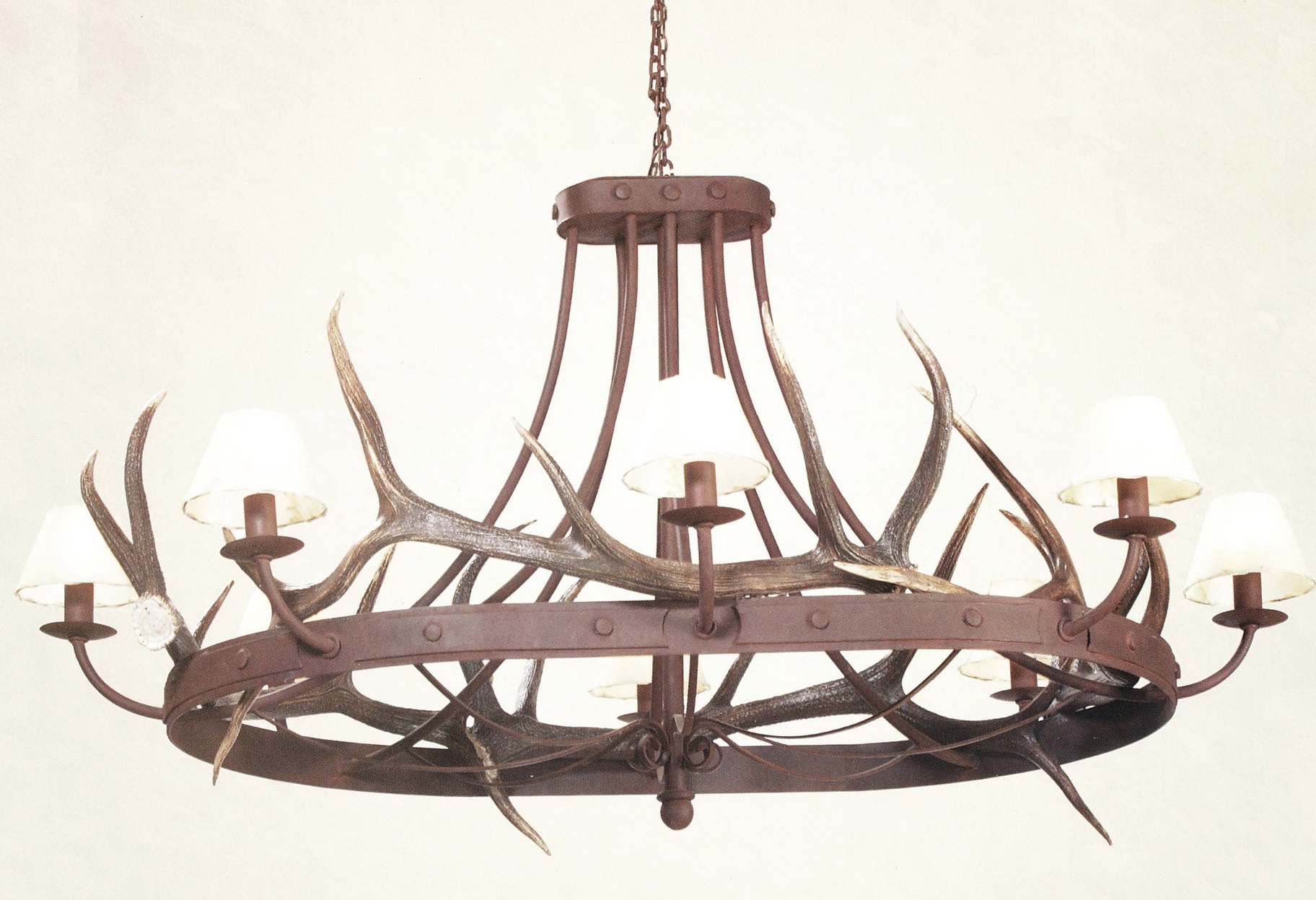
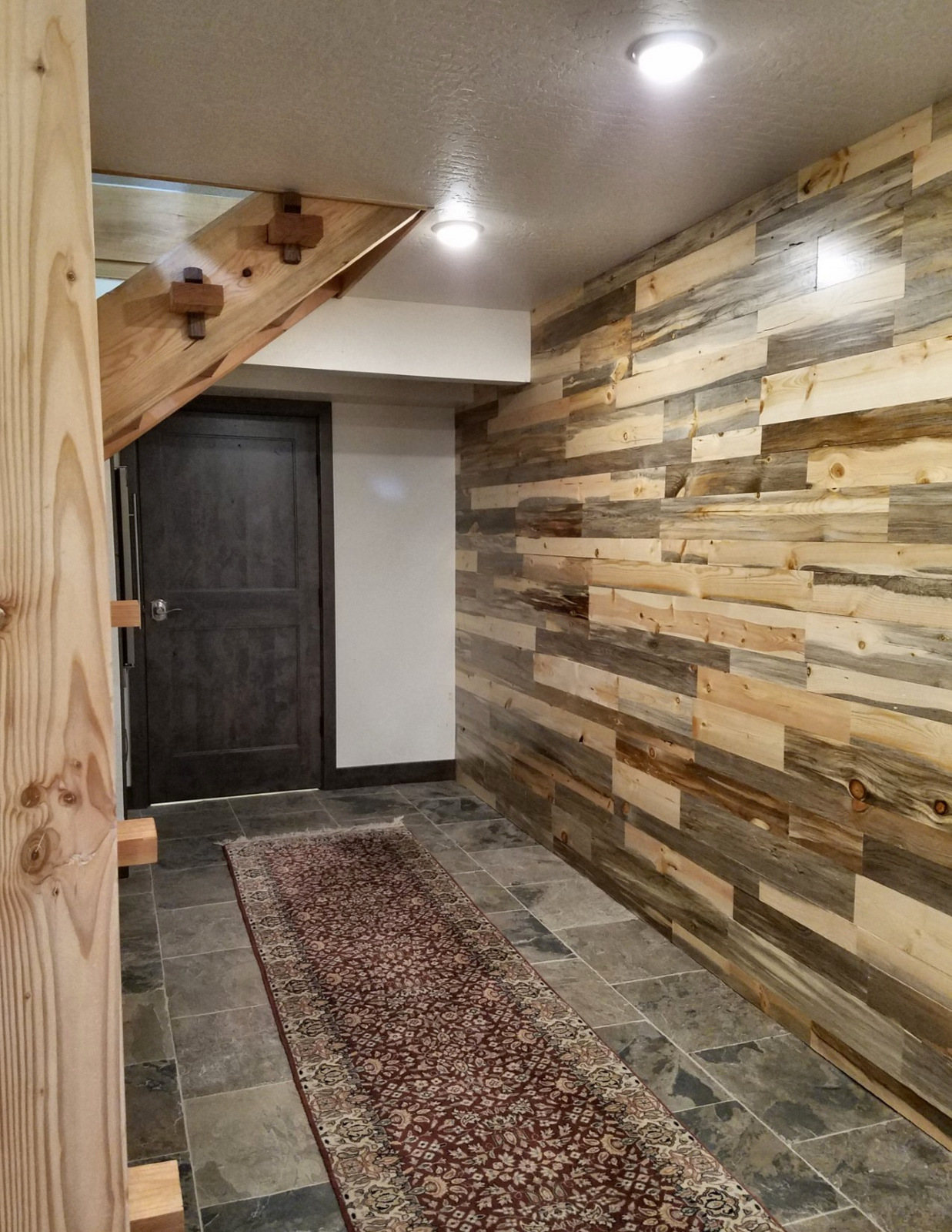


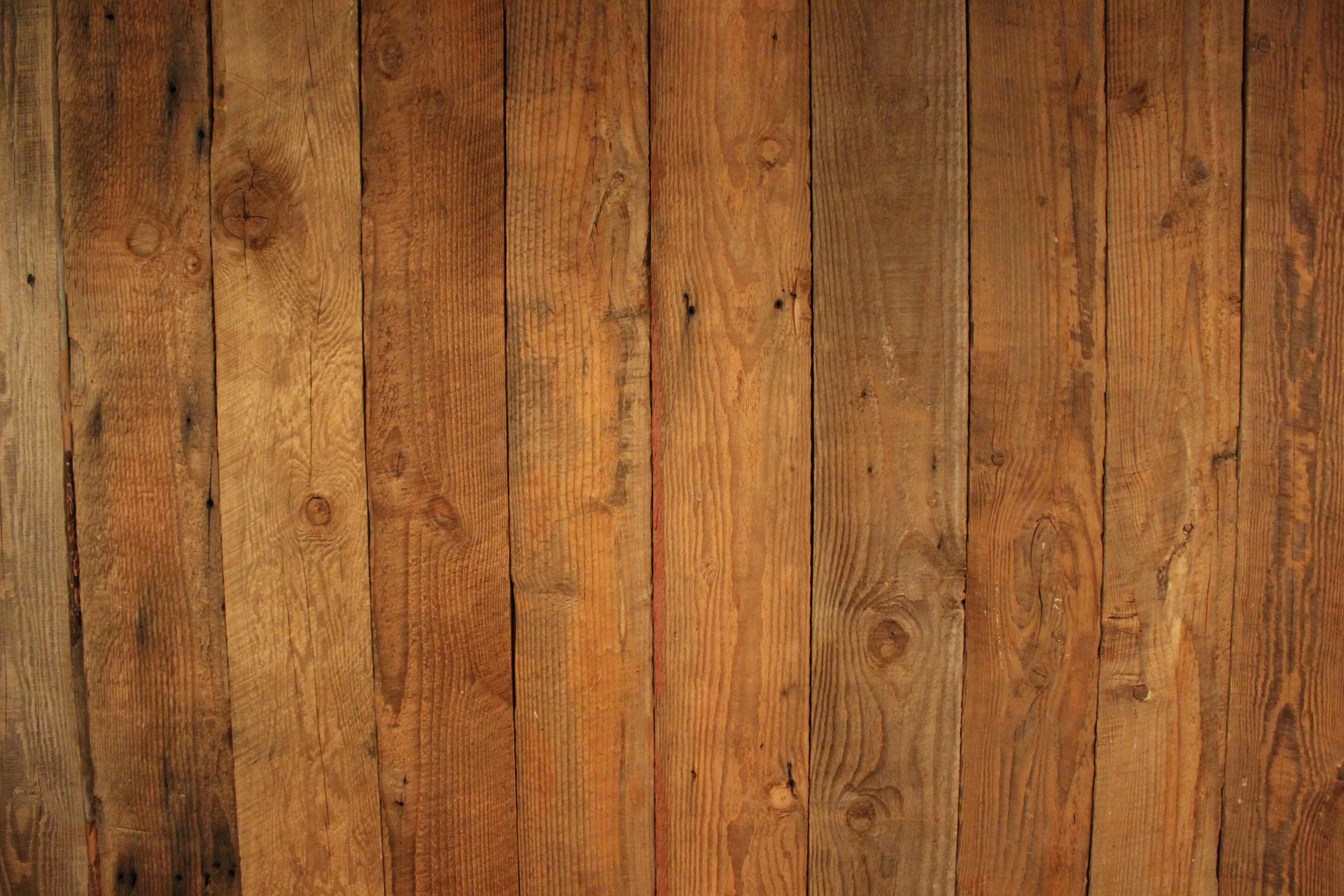

/Wood-Wall-Paneling-Mid-Century-Modern-Style-184315944-56a4a00e5f9b58b7d0d7e307.jpg)
